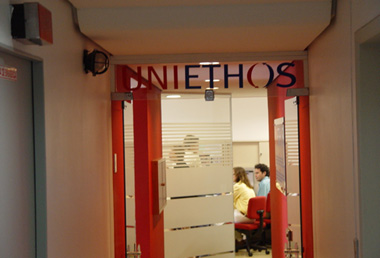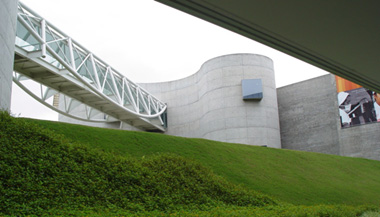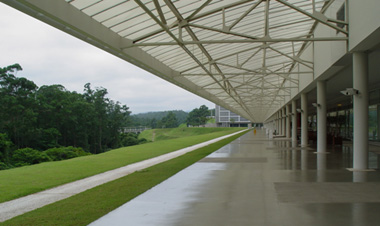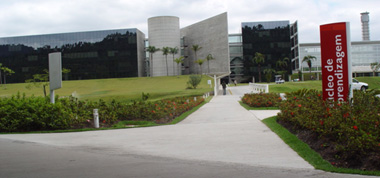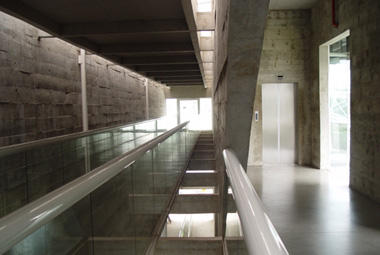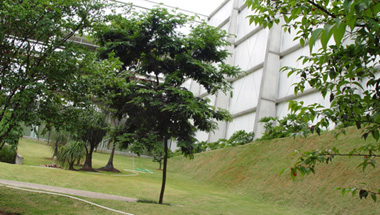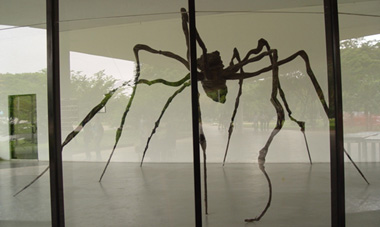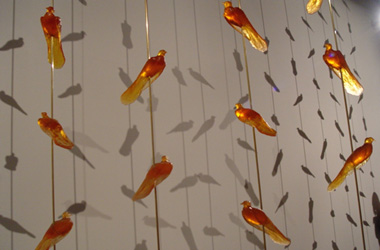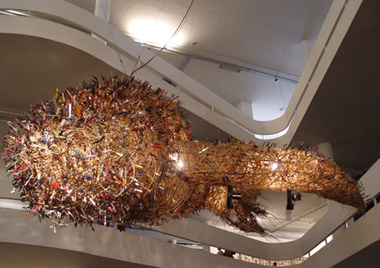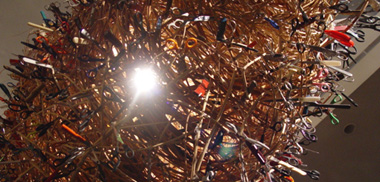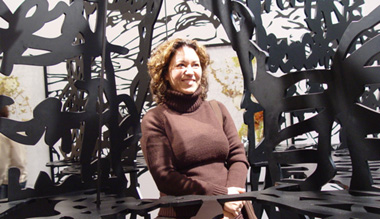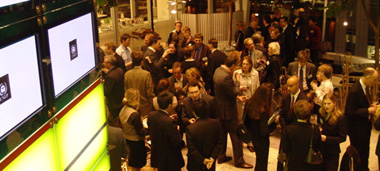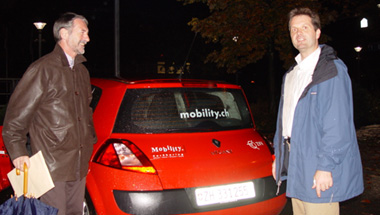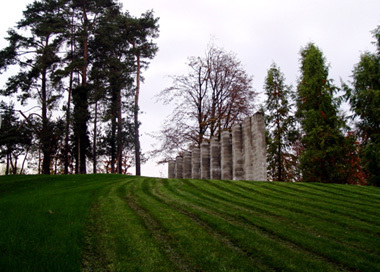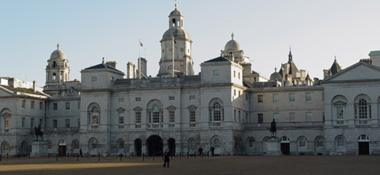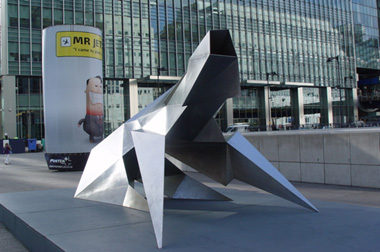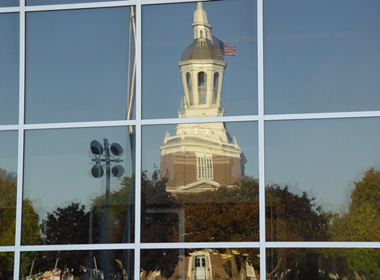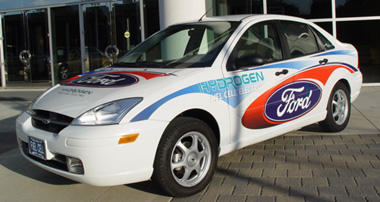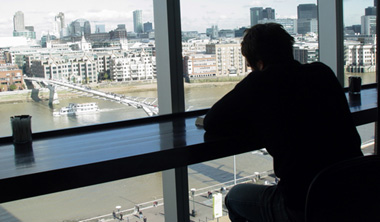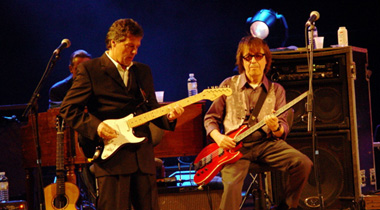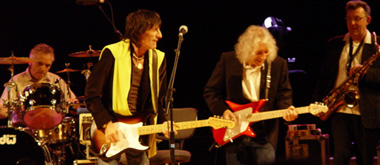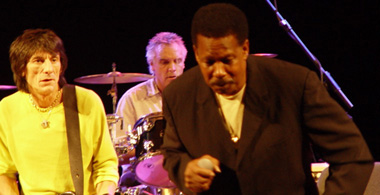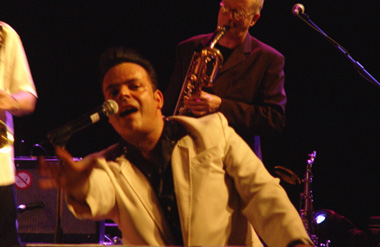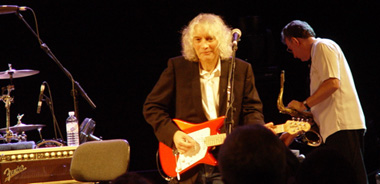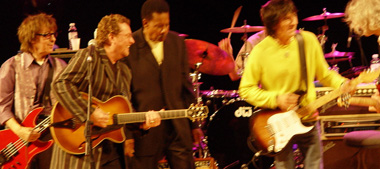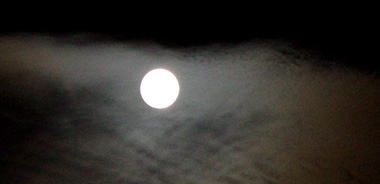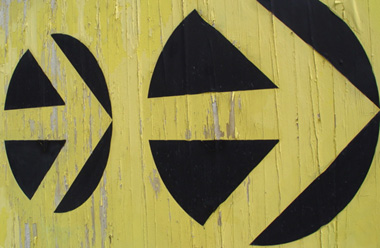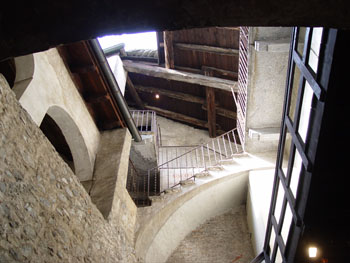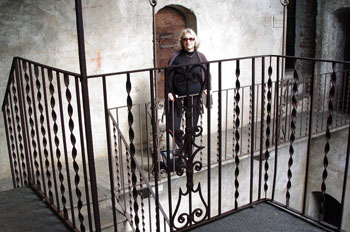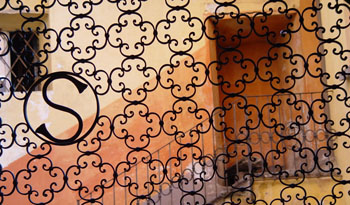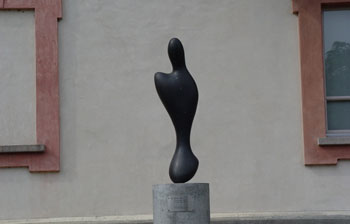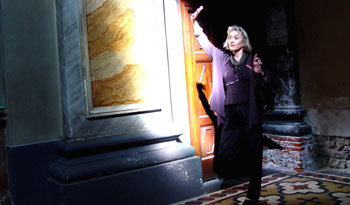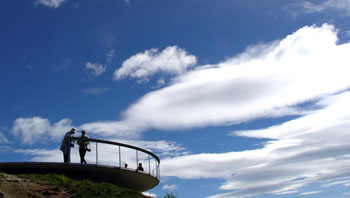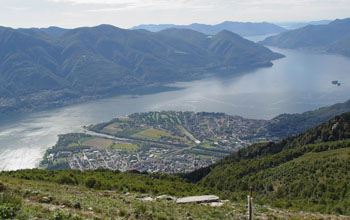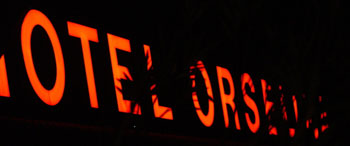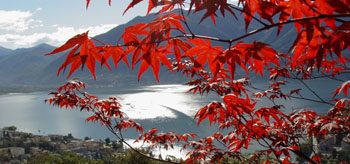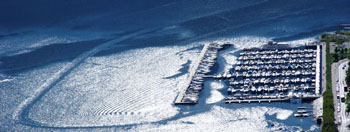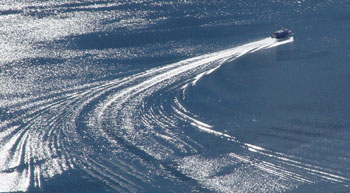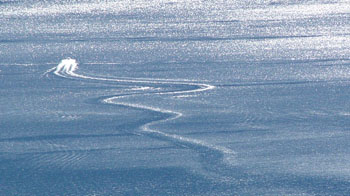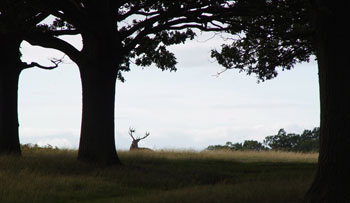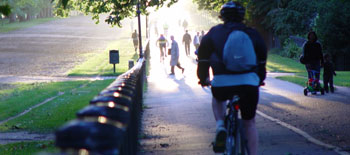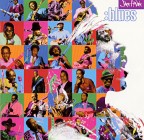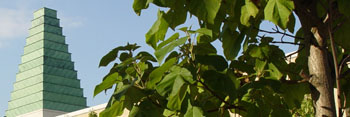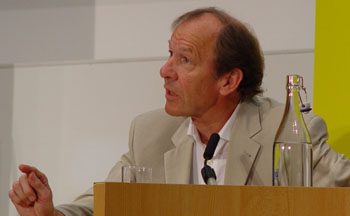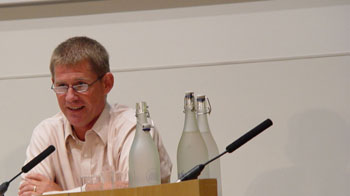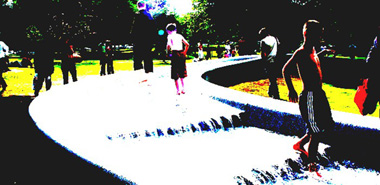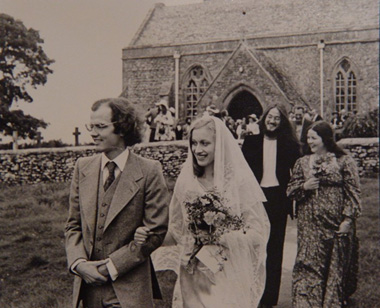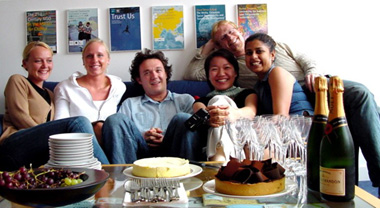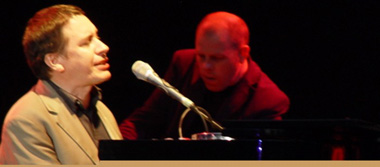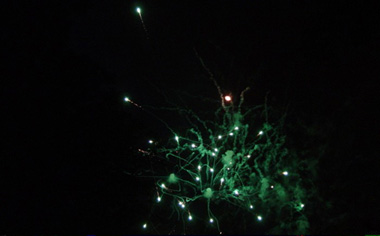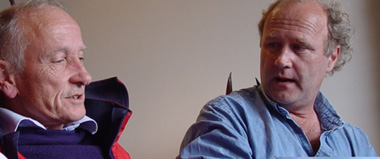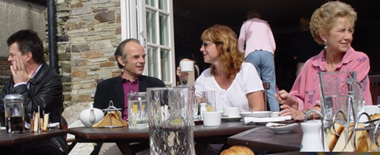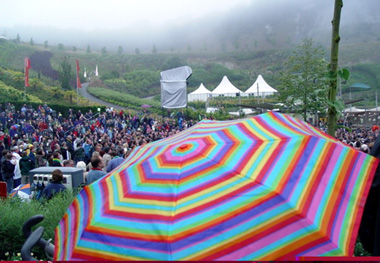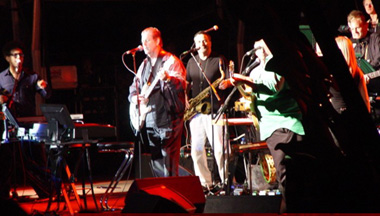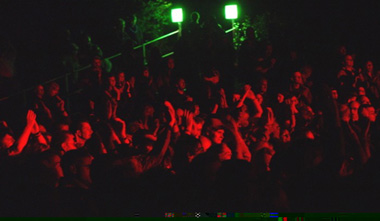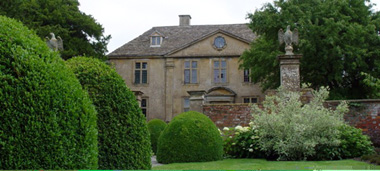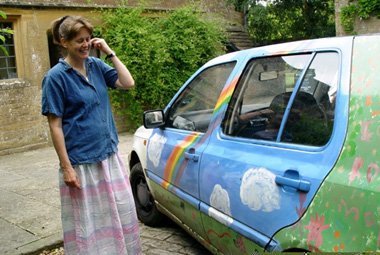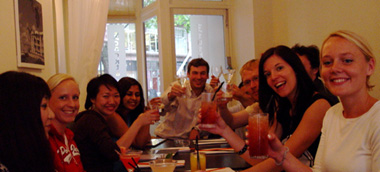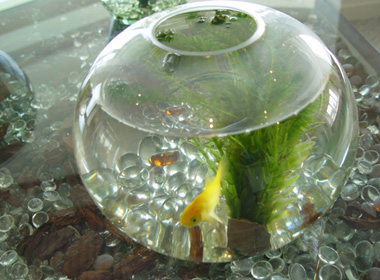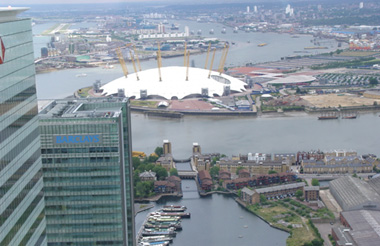Thursday, December 30, 2004
TSUNAMIS AND BUSINESS
The scale of the disasters caused by the Indian Ocean tsunamis was put into context by Raja Jarrah of Care International today, writing in The Times. For the aid agencies, he said, dealing with the consequences “is like dealing with five or six simultaneous disasters, each of which would make major news in its own right. It is as if the Goma volcano, the Zimbabwe famine, the Bam earthquake and Hurricane Mitch had happened on the same day.”
Although much of the media attention is inevitably focusing on the inadquacies of most government responses, and on the role of aid agencies and the UN, Robert Davies of the International Business Leaders Forum (IBLF) has sent out a brief on the potential role of business, which is well worth reading. Click on the link below:
http://johnelkington.com/wp-content/uploads/2004/12/TsunamiIBLFbrief.pdf
Wednesday, December 29, 2004
THE HILL HOUSE ‘GHOST’
Arrived yesterday in Little Rissington, to see my parents, with Elaine, Gaia and Hania. As we dropped down towards Burford, gateway to the Cotswolds, it was wonderful to see the church spire in the distance and brilliant white swans in the water meadows. Burford was jammed, but once we were over the old woolpack bridge, we were back in the clear.
As we had driven west from London, we had seen a fair number of foxes dead on the road: hope they’re not taking additional risks with the traffic because the banning of fox hunts has robbed them of life’s excitements? A huge hunt pours through Little Rissington today, December 29, all in blacks and greys. The sheer spectacle from our kitchen window is a wonder to behold. But I’m conflicted on hunting. Always disagreed with Julia Hailes on the issue when we were writing books together. She’s pro, I’m broadly anti. Not because I don’t like tradition and not because I think foxes should be sacrosanct – they can look after themselves perfectly well – but because of the sheer arrogance of the hunting fraternity when we have collided with them in the countryside over the decades. With a few, honourable exceptions, the experience has tended to surface emotions that track back at least to the time of the Saxons and Normans.
Spent yesterday afternoon with friends in Icomb, then early part of this afternoon going through old family photograph albums compiled over decades by my father, Tim. Given that I also have kept fairly extensive photo albums over the decades, I often wonder to what extent one’s memories would be different if such photos didn’t exist. And now that digital photography gives one editing powers unknown even to the most sophisticated of Stalin’s henchmen, I also wonder how real the pasts we look back at a few decades from now will be?
Elaine saw the Hill House ‘ghost’ again last night. In the past, she has seen what she described as very like ball lightning hanging in the air in one of the attic bedrooms. This time we were sleeping on a different floor, a part of the house where the ghost is not meant to penetrate. Nonetheless, Elaine awoke to a clash of cymbals, very much like – she said – the fanfare when a magician produces the rabbit out of a hat, and the bedroom was full of sparks, crackling as they fell slowly towards the floor.
Searching the Net, I came across a site devoted to ball lightning – and the descriptions seemed fairly close to what Elaine has described over the years. Makes me wonder whether the house – one end of which, the end most affected by the ‘ghost’, is several hundred years old – is sited or wired in a way that generates unusual phenomena?
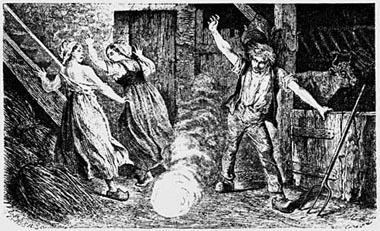
Fireball at Salagnes, in W. deFonveille, Thunder and Lightning, 1868, from www.ernmphotography.com/Pages/Ball_Lightning
Tuesday, December 28, 2004
UKRAINIAN SCHADENFREUDE
It’s amazing how the map and experience of ‘Europe’ are reordering themselves. In the wake of the accession of the ten new EU member states, the news comes in today that Viktor Yushchenko – Ukraine’s pro-western opposition leader – has won the rerun presidential elections, by 52% to 44%. With the dioxin poisoning of Yuschenko, we have come to expect a degree of skulduggery, and today’s news doesn’t disappoint: Ukraine’s Transport Minister has been found dead at his dacha, with a gun nearby.
No doubt much unsavouriness is going to come out in the wash, but at the same time that parts of the Indian Ocean were being seismically jolted into 2005, the Ukraine has been jolted sharply towards the new Europe. I just hope that we have the political vision, the wisdom, to make sense of and manage this massively expanded sphere of influence.
An excellent column in yesterday’s Financial Times by Viktor Yushchenko, talking about the ‘Orange Revolution’ by which, he argues, the country has “put a definitive end to its post-Soviet period. By rejecting managed democracy, Ukraine has affirmed itself as a free European country that shares the political values of modern democratic states.” It remains to be seen, however, how people in the east of the country react. Some still fear that they may try to secede.
Meanwhile, I confess, there’s a certain Schadenfreude to be enjoyed in seeing the erstwhile Prime Minister, Viktor Yanukovych, who presided over the massively corrupted first-round election, saying that he will appeal to the country’s Supreme Court about corruption this time around. Maybe he’s angling to win a degree of immunity for what went before?
Monday, December 27, 2004
KANDAHAR
Having been warned against it – “no joy” – I sat down this afternoon to watch the film Kandahar, by Mohsen Makhmalbaf. Absolutely brilliant.
True, the plot is spare: Nafas, a young Afghan woman now living in Canada, tries to reach Kandahar from Iran to save her sister, injured by a land mine, whose letter had said she would commit suicide during the last solar eclipse of the millennium. But, despite the bleakness of the story and the stark, washed-out landscapes in which most people seem to stagger around on crutches, the film had me sitting breathless at times. (Nafas, I read, means ‘Respiration’, the notion being that as a Canadian she is not suffocated by the burka as Afghan women have been, though she has to adopt one to find her way into Afghanistan.)
The lead role is played by Nelofer Pazira, 28, whose family fled Afghanistan in 1989 and now lives in Canada. She had originally contacted Makhmalbaf to ask him to film a journey she planned to make to rescue a friend in very similar circumstances. A radio and TV journalist, she was unable to persuade Makhmalbaf first time around, but later he suggested a fictionalised version of the story. Bilingual, she talks to refugees in the Afghan variant of Farsi, using English when she speaks into a tape recorder to record her journey and impressions.
Makhmalbaf ends the film on a profound downbeat. And he has been pessimistic about any impact the film might have: “I don’t believe,” he says, “that the little flame of knowledge kindled by a report or a film can illuminate the deep ocean of human ignorance.” Well, maybe, but it’s one of the most moving I have seen. His website (www.makhmalbaf.com/movies.asp?m=10) gives some sense of the wonderful imagery.
Some critics have protested the use of gloriously coloured burkas to make the film easier on the eye, though somewhere on his website someone notes that Afghan women who cannot compete in terms of their looks do so via their raiment. Whatever, some the clothes are staggeringly beautiful – as are many of the Afghan faces, which helps bring the tragedy home. And the scenes of artificial legs being parachuted into the desert landscape, ahead of a surging field of crippled farmers and ex-soldiers chasing the aerial booty on their rough crutches, is an unforgettable moment of cinema.
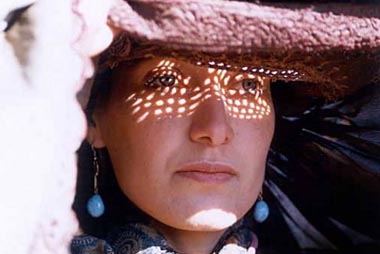
© Mohsen Makhmalbaf
FOX, FULL MOON, FALLING OVER
Wonderful moment last night, after we we returned from Hampstead – where we had had a glorious lunch with Kavita Prakash-Mani, her husband Kartik, Nick Robinson and his partner Fiona. As we left, the full Moon was sailing across the dark sky, a serene moment in the wake of the terrible news of the earthquake off Indonesia. As we shut down the house to go to bed, the Moon was almost directly overhead and a dog fox was howling a few gardens away, like a coyote.
Was also in the process of finishing off The Wisdom of Crowds by James Surowiecki – a fantastic book. But there are moments that remind us that we are ultimately individuals, like that howling fox who – as Elaine noted – shares our space but lives in a very different world.
This morning, as I was reading the papers, and in the midst of another in the strean of blue-skied mornings, Tom Delfgaauw (one of SustainAbility’s two non-executive directors) called with a progress report on his accident outside St Paul’s Cathedral just before Christmas. He damaged both legs, it turns out, and will be bed-bound for a while.
The story struck home for a number of reasons, one of which was sympathy felt because of the much smaller accident I had suffered in Italy a few months back, when I tore a ligament. The problem was caused by tripping on the smallest of kerbs. Still hurts, although Elaine insisted a few days back that I apply some weird (Acu-med) plasters containing zinc and copper in a magnetic field. It’s meant to work with the skin’s moisture to create small pulses and stimulate the body’s natural mechanisms. And the weirdest thing? It seems to be working.
Friday, December 24, 2004
FT ON OLD FOES
Today’s Financial Times includes a substantial article by Alison Maitland on the new ways in which business and NGOs are working together, in which I am fairly extensively quoted (http://news.ft.com/cms/s/3ebf3b36-5551-11d9-9974-00000e2511c8.html).
Thursday, December 23, 2004
RECONNECTED
Pretty much a month after disconnecting me, BT has finally reconnected the broadband line this afternoon – though not without endless to-ings and fro-ings today. I simply cannot imagine a future in which consumers put up with this sort of service. No doubt the offshoring process will lead to strong IT providers in countries like India and China – and then God help the old purveyors in the once-industralised world. When IT services can be connected and delivered remotely, BT risks being consigned to some museum rather like the local chamber of horrors they used to have in Bourton-on-the-Water, displaying double-headed piglets and the like.
Monday, December 20, 2004
PEOPLE TREE
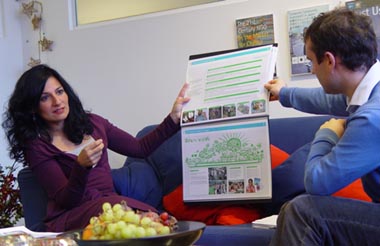
Safia Minney of People Tree and Matt Loose of SustainAbility (©JE)
Busy day, trying to get our latest proposal for a research program out to the wider team and others who will work on it. But the day started with a session with Safia Minney of People Tree (http//:www.peopletree.co.uk), the fair trade fashion house. Fascinating – and, as ever, those who took part from the SustainAbility team were bowled over by the sheer energy. Am gearing up to start work on the social entrepreneurs book over the Christmas break, with a large bundle of documentation just courriered in from the Schwab Foundation (http://www.schwabfound.org) to digest over the next couple of weeks.
Sunday, December 19, 2004
RICHMOND PARK
Magical walk through Richmond Park, with Elaine and great herds of deer, the intense winter sun slanting off the ponds between the trees.

Between the trees(©JE)
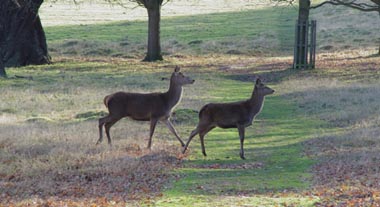
Two deer crossing (©JE)

Many deer approaching (©JE)
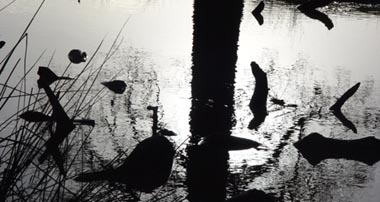
Branches in the Secret Pond (©JE)
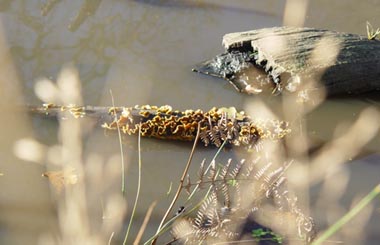
Fungus on branch in Secret Pond (©JE)
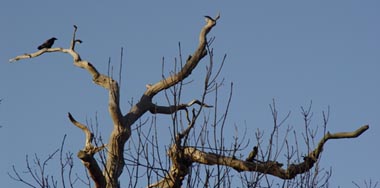
Crow in blasted tree(©JE)
Saturday, December 18, 2004
60 YEARS ON: A PHOTO IN THE TIMES
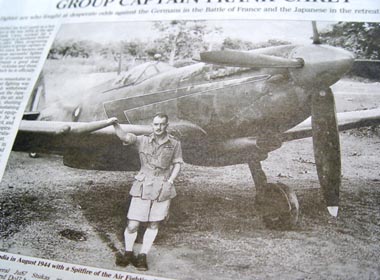
My photo of Tim’s photo in The Times (©JE)
Odd. A few days back, on 13 December, I cut an obituary from The Times on Group Captain Frank Carey. Partly influenced by the powerful photo of Carey with a Spitfire in India, partly by the extraordinary story of the man’s life. Found another obituary in today’s Independent, which I also cut. Then, quite unrelated, rang my parents this morning, and discovered that the photo in The Times had been taken by Tim, my father, in August 1944.
Turns out that Tim knew Carey quite well, indeed they were both in the Royal West Sussex Hospital a few beds apart – after being shot down in August 1940. Then, a few years later, Carey appointed Tim to command one of his units when they were both in India, flying against the Japanese.
Having spotted that the photo was his, Tim e-mailed The Times to note the fact. They replied to say that they were sending the royalty cheque!
Wednesday, December 15, 2004
CHURCHILL AND THE ICY THUMB’S UP
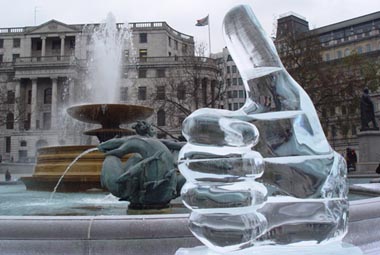
Trafalgar Square after HSBC meeting (©JE)
Leaving an HSBC senior executive session late this morning, held at the St Martin’s Lane Hotel, I walked back to the Piccadilly Line via Trafalgar Square. The Square, including the lions, had been sprayed with artificial snow and there was also a large hand carved out of ice. In the background a large screen showed various characters from British history, from Florence Nightingale to Winston Churchill. Part impressive, part tacky. But I had dinner with the HSBC people last night at The National Gallery, and was impressed as I arrived to see what a difference the closure of the northern side of the Square to traffic has made to the quality of the visitor experience.
Monday, December 13, 2004
ODE TO JOY AND BROADBAND
Ah, the joys of IT! The BT engineer today reconnected the lines my Mac uses from home, three weeks after BT first cut them off. Now, apparently, all I have to do is wait seven working days for the broadband connection to be restarted. Until that happens, I can’t post images to the site. Amazing how dependent one becomes on particular technologies – and over a surprisingly short time. But my exposure in recent weeks to what passes for customer service in the telecommunications world persuades me that the market must be wide open for rival suppliers who use state-of-the-art technology to provide a human and humane experience for the customer.
WE’RE ALL LOOKING YOUNGER
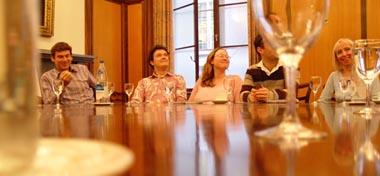
During the SustainAbility team away-day(s) (©JE)
Someone commented this morning that the SustainAbility team is looking younger this week, probably because the tempo has slowed and people aren’t quite so hung over. Last week was absolutely frenetic: SustainAbility’s Swiss, UK and US teams convened for most of the week to review the past year and look forward. Little if any of this will be caught on our current website, because we are in the process of blowing up the old one and starting again from the ground up. Hope is that the new www.sustainability.com site will launch late in January.
Overall, though, 2004 has been an excellent year, the team is in much better fettle than it was a year ago, and even I find the energy and enthusiasm with which we plan to approach 2005 infectious!
This afternoon, while most of the team were off seeing Local Hero in a hired mini-cinema, I was in the SustainAbility offices with Pamela Hartigan of the Schwab Foundation for Social Entrepreneurship (www.schwabfound.org), with whom I’m planning a new book on social entrepreneurs, and Gaia (Elkington), who is helping with research and editing. Wonderfully productive session. Am really looking forward to getting stuck in.
Then we join the rest of the team for an evening out at a Middle Eastern restaurant close by Bond Street. Our tables turn out to be in a couple of vaulted ‘caves’, which bombard the more acoustically sensitive among us with noise levels that would not only breach industrial health and safety standards but also, I suspect, human rights standards on what constitutes wilful torture. Have always had bat-like hearing in the higher frequencies, which makes such environments particularly unpleasant. Described it as the Seventh Circle of Hell, but without being able to remember what happens in all the different circles …
Others enjoyed it, however, and many went clubbing afterwards, which makes me realise just how old I am!
Sunday, December 12, 2004
KILLER ANGELS
Among other things, am reading Michael Shaara’s outstanding book The Killer Angels, an account of the Battle of Gettysburg. Have read a huge amount of military history, but can’t remember when a book grabbed me in this way. It was a gift from (Professor) Jim Salzman, a member of SustainAbility’s Council who stayed with us last week – though I think it was also recommended to me very strongly some years back by another American friend, Peter Kinder of KLD.
Saturday, December 04, 2004
APPETITES FOR THIEVERY
And BT still have me cut off. The newspapers are full of the Bhopal hoax and of the much happier news (though we’ll see where it all ends up) that Ukraine’s Supreme Court has overturned the energetically disputed election result, opening the way for an electoral re-run. The Guardian magazine carries a series of photos of dumped Christmas trees in various states of decay in a range or rural and urban landscapes, taken by Martin Burton, who came into the office yesterday to shoot me for a piece to appear in The Director.
Reading an extraordinary book at the moment: Mourid Barghouti’s I Saw Ramallah, translated by Ahdaf Soueif (Bloomsbury, 2004). An extraordinarily engaging account of what it is like to be a displaced Palestinian. The book is full of the most unusual poetic images, triggering all sorts of memories. For example, Barghouti quotes one of his own poems, Qasidat al-Shahawat (‘Poem of Appetites’).
An appetite for the thievery of the child within us,
Slipping through the miserliness of the old woman whose face
Was like biscuit dampened with water,
To steal the almonds from her field.
Our pleasure is that she should not see us.
And more pleasure, should she see us running away.
And more pleasure yet
If her cane catches one of us
And whips him.
Barghouti manages to make the Palestinian plight abundantly clear, but does so in a tremendously powerful way by being balanced at times when most of us would be tempted to rail endlessly at the forces of the ‘Occupation’. He also establishes a profound emotional connection between his world and those of his readers, or at least this one.
The image that came to mind when reading his story of the almonds was from when I was perhaps 11 or 12. We sometimes went ‘scrumping’ for apples in local orchards, but in this case were crossing a (private) bridge at the foot of the steeply sloping garden of the Le Marchant family. One of the most impressive Le Marchants, who we only knew as Miss Le Marchant, appeared like a black-clad Disney cartoon figure and raced down the lawn, she must have been in her sixties or seventies, but she set about the leader of our group with her walking stick. He fought back with his own cane, and the duel swayed back and forth for what seemed ages but was probably only a few seconds. Yes, I feel a degree of guilt, but there was something mythic about the moment and I wonder whether even Miss Le Marchant didn’t find her ancient blood somewhat stirred.
Friday, December 03, 2004
THE YES MEN
Amazing day, though BT still has me cut off from broadband, so can’t actually post blogs. Unexpectedly, not least because he was meant to be on a later plane – pass (Professor) Jim Salzman, a member of our Council, in Hammersmith station as I rush for the Tube. He’s inbound from US and headed for Barnes, where he’s staying with us. I have five or six meetings today and am slightly late for the first, though in the event I get there on time.
One interview I do during the day is interrupted by a mad rush to sort out what our position is on the unbelievable spoof the Yes Men have just pulled on BBC World, which runs an interview with someone they imagine to be a spokesman for Dow Chemical, but who turns out to be a complete Trojan Horse.
The company’s share price fell in the US and Europe once it was known that the ‘spokesman’, Jude Finisterra, had promised that Union Carbide would be liquidated and a further $12 billion paid to victims of the Bhopal disaster and medical help given to up to 120,000 people affected by the gas leaks. It’s astounding that the BBC didn’t pick up the blazingly clear warning signs, including Finisterra saying that Dow would be pressuring the US Government to extradite Warren Anderson, Union Carbide’s head at the time of the disaster, to India to stand trial. The very idea!
Though we didn’t approve of what was also a pretty cruel hoax on the victims, the bogus interview is further confirmation of the main thesis in Geoff Lye’s report on liability: that companies will increasingly find themselves not only to tort and class actions in the law courts but also to trial in the ‘court of public opinion’.
Thursday, December 02, 2004
‘UFO’ IN ANTWERP
Still cut off by BT. Just back from Antwerp, which is splattered with construction projects, as if preparing for something on the scale of an Olympics. (Had been giving an evening presentation yesterday for Akzo Nobel.) Then, at the end of a wide avenue, the shining metalscape of the new Palace of Justice, a mix of Frank Gehry’s Guggenheim Museum on Bilbao and a crown-of-thorns starfish. Astonishing, totally out of character with the surrounds, a bit like a Spielberg rendering of a UFO landed in the Late Middle Ages. Taxi driver said the building had been HUGELY controversial. Maybe, I comforted, people would love it in 50 years. 100, he said.
Given a box of chocolates last night, in fact, what turns out to be a box of hands, in white, milk and dark chocolate. According to legend, the accompanying note said, the name of the city of Antwerp originates in the story of the giant Druoon Antigoon, who used to levy a heavy toll on traffic along the river Scheldt. If a skipper refused to pay the toll, the giant would chop off one of his hands and throw it in the river. Then a Roman centurion, Silvius Brabo, killed the giant, cut off his hands and threw them in the Scheldt. (So hand-werpen, where werpen apparently means ‘to throw’.)
Geoff was on the BBC’s Today programme this morning, with his new report, The Changing Landscape of Liability, published yesterday. One of the most political projects we have yet done, with push-back both from Dow Chemical and from people representing the victims of the Bhopal disaster during the course of the project, but Geoff was remarkably patient in ensuring all voices were properly represented. The conclusions, though, are not encouraging for companies like Dow. The report is downloadable free at: www.sustainability.com

